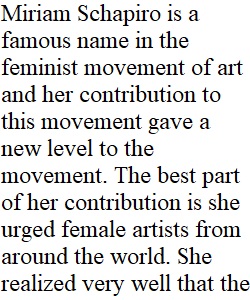


Q 1. Full Sentence Outline (1-2 pages) Your outline should include: • The title of your paper (not the title of the assignment); • An opening paragraph containing a thesis statement indicating the main and supporting topics for your paper and other relevant background/thoughts about the topics (in order to make an interesting opening paragraph); • Several body paragraphs to show how you would organize the content in the paper. A full sentence outline should contain an appropriate number of full sentences, not just keywords, in body paragraphs. Each paragraph should contain a topic sentence indicating the main and supporting ideas in the paragraph. List additional questions or supporting topics that you think might help you develop each paragraph. • (Optional) Comments on the areas for which you plan to add more information. An example of Full Sentence Outline can be found under the second Types of Outlines and Samples. 2. Evidence of Art (1 page) Describe "evidence" you've used to help deepen your understanding of the art/creative form in your research. Specifically, describe an artifact, art work, performance, or creative object you've observed in-person. Also explain: where/how you've viewed the art/creative work; your sensory experience - what it looks/feels/smells/sounds like; the maker's information; and other information you've learned that might enrich your research. If an authentic or original art/creative work is not available (e.g., Roman tunic), you may consider observing a similar art form (e.g., a piece of wool or linen garment) to gain access to color, texture, and other elements of art. Other evidences may include interview of the artist/maker (e.g., describing who they are and what you've learned from them), your hands-on creation (e.g., tinkering with an old camera or knitting a scarf to understand the art-making processes), etc. Include in this section a couple of pictures of the art/creative work you've observed or created. 3. Annotated Resources Include at least 5 annotated scholarly resources. Provide an overview of each resource focusing on the ideas or facts that you will be using to support your research. Use a proper citation style for each resource. As this is an advanced level course, you are expected to use scholarly articles and books for your research project. Online academic journal articles are acceptable as scholarly resources. The primary documents from a historical society, government or official agency, or museum are acceptable as scholarly resources. Internet resources from commercial or unreliable sites are not qualified as scholarly resources. Internet resources lacking information of author, copyright, publishing date, or references are not recommended as scholarly resources. "Images" from museum websites are helpful, but they do not count toward 5 annotated scholarly resources. You may follow examples and information of annotated bibliography provided by Empire State College Online Writing Center to construct your own annotated resources.
View Related Questions